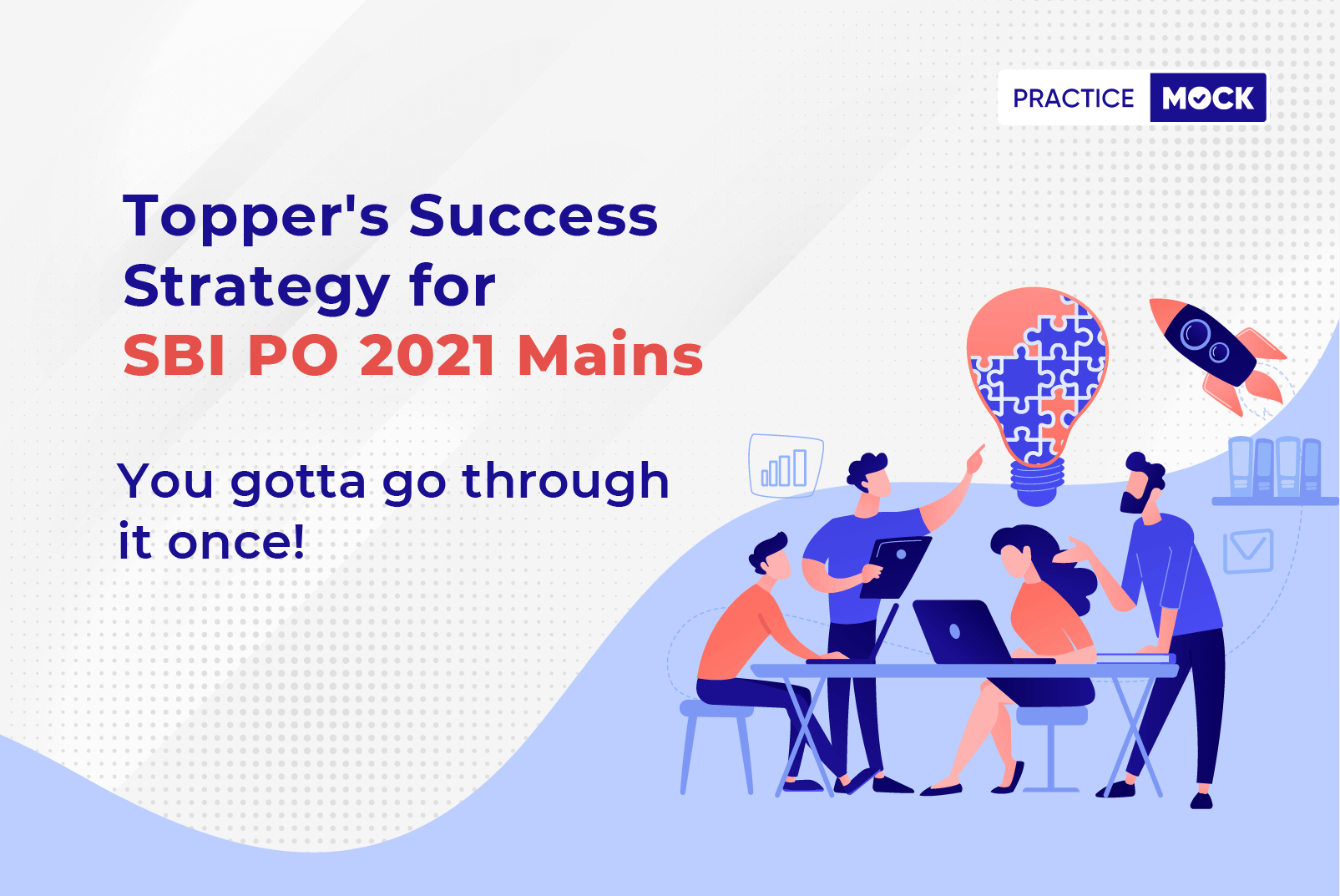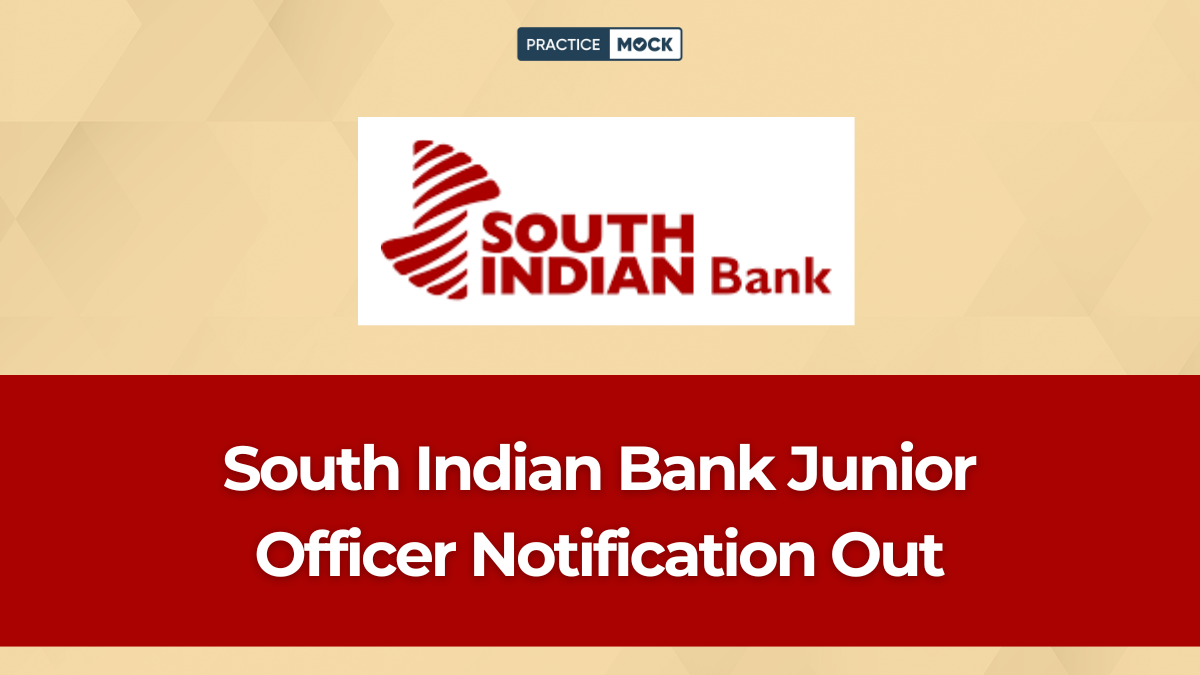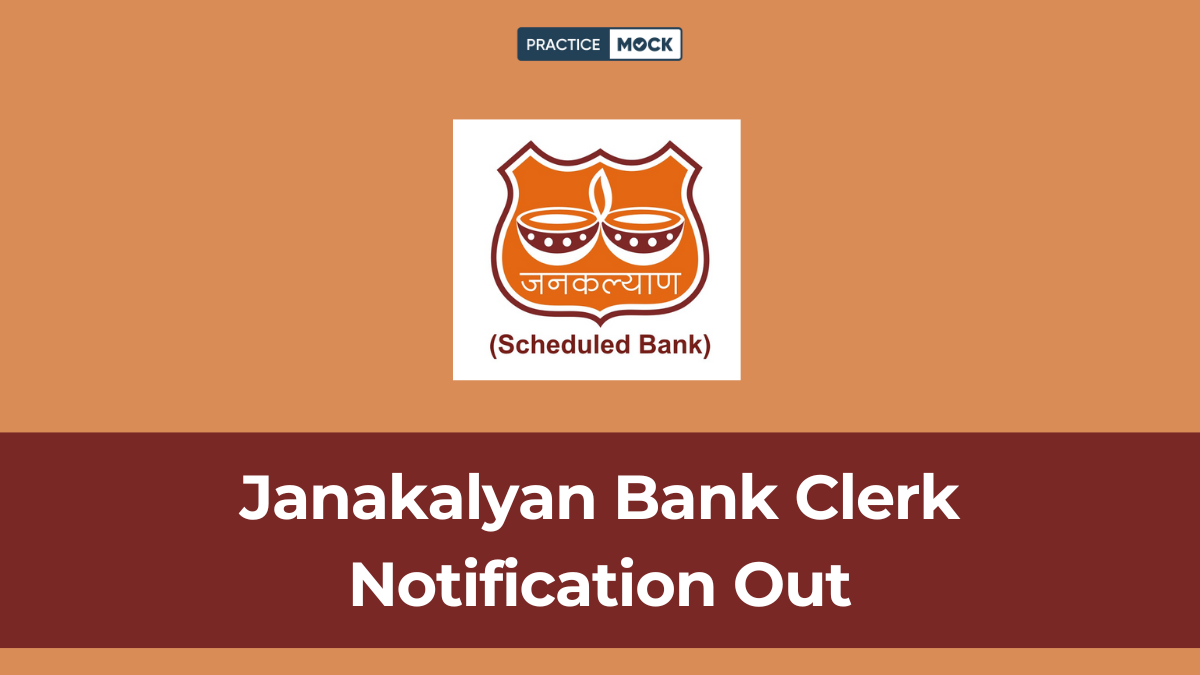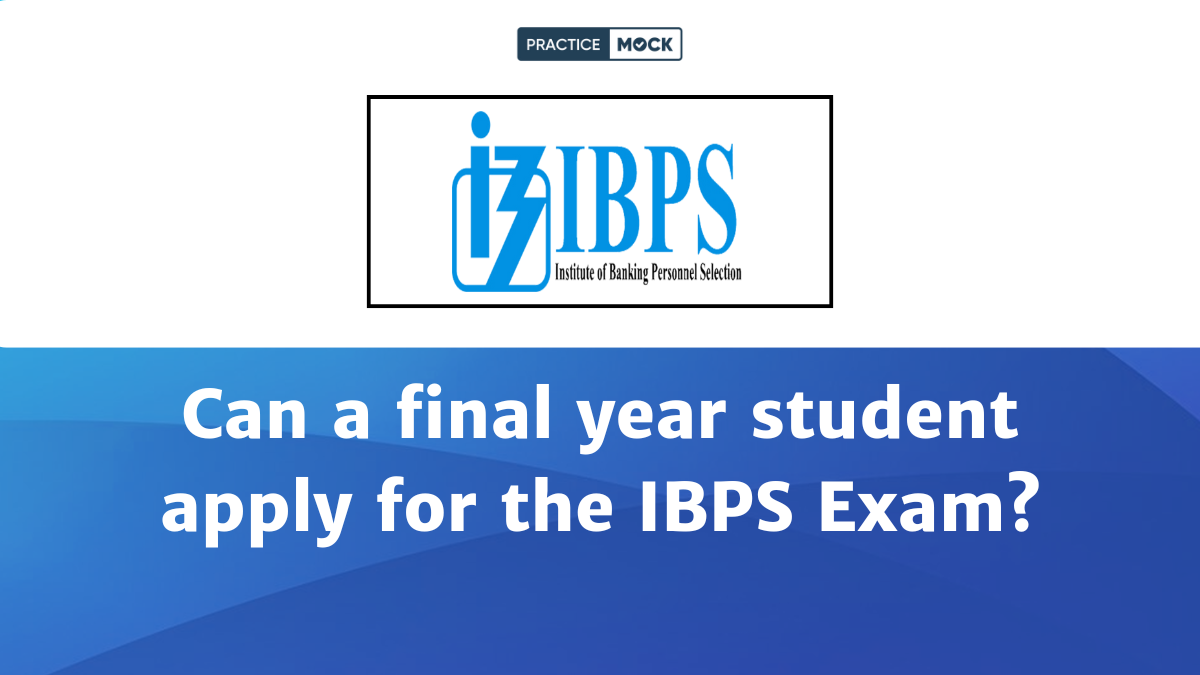

January 2, 2022, is the day when SBI PO Mains will be conducted. We hope that you have done your preparation & revision up to the mark. Please be informed that the intensity of competition is going to be very high for these 2000+ vacancies and even a couple of marks can make or mar your chances of selection. So, your concentration level has to be very high in this exam and you should make the most of every second. Therefore in this article, we have come up with Topper’s Success Strategy which will help you maximize your marks.
Strength Identification
- To implement this strategy, you must have no doubt about what your strengths are. Some aspirants consider number series questions their strength and prioritize that. Some other aspirants may be comfortable with starting with quadratic equation questions. So it all depends on your thought process which is unique for everybody.
- By now, you must have taken several mock tests and would have got to know your strengths. Start with those topics in each section that are your strengths.
- Also remember: there is a sectional time limit in this exam, which means that you can’t utilize 1 section’s time in another section. So, you need to be diligent enough to utilize each section’s time.


The Art of Skipping a Question
- With 155 questions to be solved in 180 minutes, you hardly get much time for each question.
- However, you don’t need to solve all the questions. Solving easy questions selectively can help you clear this exam easily. Pick the easy questions first, answer them & secure their marks before moving on to the moderate & difficult questions.
- If any question is taking more than 70-100 seconds, it’s better to skip that question to deal with it later. It again depends on the situation; if you have solved 90% of the question in 100 seconds, you can take another 20-30 seconds to arrive at the answer.
- Taking mock tests in a pressurized environment will perfectly train you on skipping questions.
Topper’s Success Strategy to Help You Maximize Your Score in SBI PO Mains
If you have keenly observed previous years’ banking exams, you must have noticed that any such exam is a mixture of easy, moderate & difficult questions. As discussed above, since all the questions carry equal marks, it is wise to answer the easy questions first. Based on the feedback from a number of aspirants, we have categorized each of the 4 sections (English Language, Data Analysis & Interpretation, Reasoning & Computer Aptitude and General/ Economy/ Banking Awareness) into 3 rounds. In each of the rounds, we have provided the list of the topics you should be working on.
English Language
No. of questions and suggested time: At least 20-25 questions should be solved in 20 minutes
Round 1: Prioritize Non-RC based questions like antonym/synonym and vocab based questions. You can also attempt vocab based RC questions.
Note: In synonym/antonym questions, try getting the sense of the word by reading the preceding/succeeding line.
Round 2: Attempt grammar-based questions like Error detection, Sentence correction, Phrase correction etc. in this round
Round 3: Go for non-vocab RC based questions and para jumbles and para connectors.
Data Analysis & Interpretation
No. of questions and suggested time: At least 25-28 questions should be solved in 20 minutes
Round 1: Start with number series, approximation, simplification, equations comparison, and easy data interpretation sets.
Tip: If you get stuck with one number series question and are unable to solve it within 30-40 seconds, skip it.
Round 2: Solve word problems and easy data interpretation sets.
Round 3: Move on to difficult data interpretation sets.
Reasoning & Computer Aptitude
No. of questions and suggested time: At least 20-30 questions should be solved in 20 minutes
Round 1: Start with non-puzzle based questions like coding-decoding, syllogisms, questions related to direction sense, blood relations etc.
Round 2: Move towards the critical reasoning questions and solve simple puzzles (may relate to blood relations, circular/linear seating arrangement, floor-based puzzle) and questions related to input-output.
Round 3: Solve difficult puzzles/seating line arrangement (double line puzzles)
General/ Economy/ Banking Awareness
- When talking about this section, there are no rounds.
- You need to face each question and try to recall its answer without looking at the options.
- If you are able to answer it immediately and accurately, it is fine.
- However, if you are not able to recall the answer, have a look at the options and then try to guess the correct one.
- Don’t let this process consume too much time. Please note that there are 40 questions to be dealt in 35 minutes.
- It’s extremely important that you at least go through all the 40 questions so that there is no question left unanswered of which you knew the answer.
Weekly Current Affairs- Download Free PDF
Please note that to implement this strategy, you need to make decisions quickly and should not take any question on your ego. As already mentioned, if any question takes too much of your time, it’s better to skip it and check other questions. Also, don’t rely much on guessing the answers as there is a negative marking of 0.25 mark.
This is all from us in this article. Wishing you all the best for the upcoming exam.
Recent Posts
Reasoning for SSC CGL Best Preparation Strategy, Download Free PYQs
In this blog, we have provided the questions and topic-wise tests of reasoning for SSC…
Smartest RBI Grade B Exam Preparation Strategy for Phase 1 & 2
Master your RBI Grade B 2025 preparation with the smartest study schedule for Phase 1…
IBPS Clerk Cut Off 2025, Check Previous Year Cutoff Marks
IBPS Clerk Mains Cut Off 2025 will be released on their official website. Candidates can…
RBI Grade B Course 2025, Check Best Online Coaching
Choose the best online courses for RBI Grade B 2025. Improve your preparation with expert…
IBPS Clerk Syllabus 2025, Download Prelims & Mains Detailed Syllabus PDF
In this article, we are providing the IBSP Clerk Syllabus 2025. Candidates can check the…
IBPS Clerk 2025 Notification in October, Prelims & Mains Exam Date Out, Check All Details
The IBPS Clerk Notification 2025 will be released on their official website. Candidates can check…



